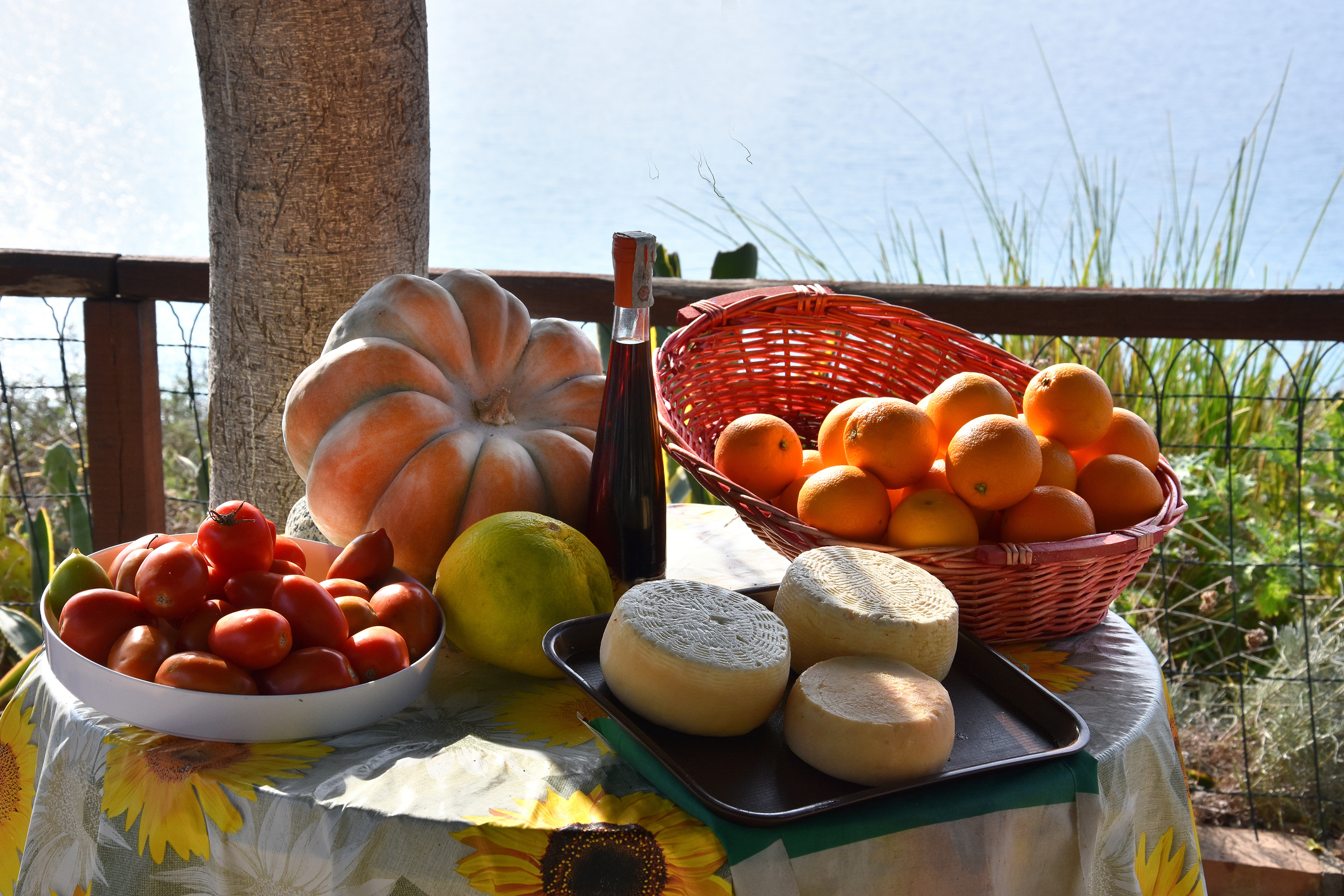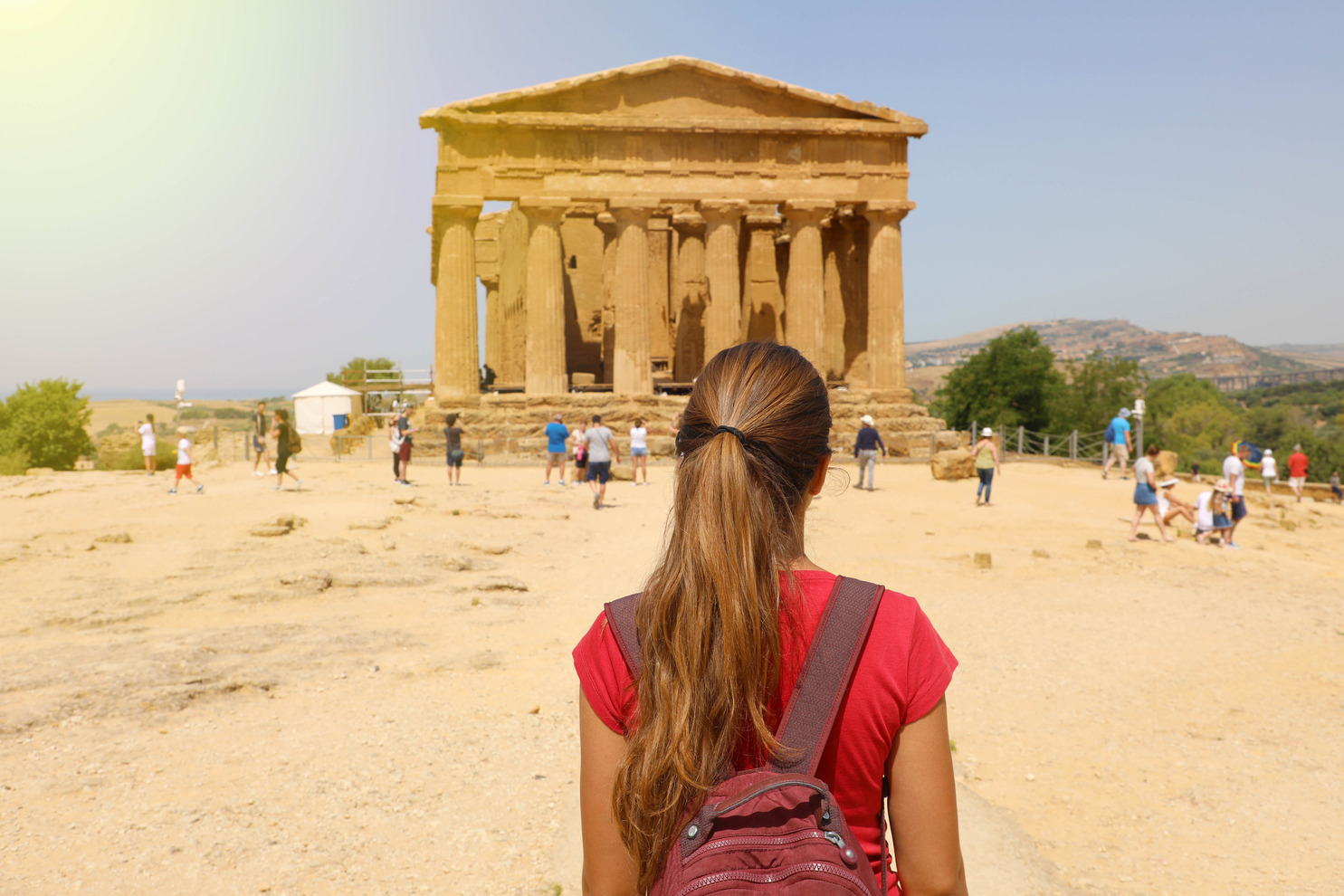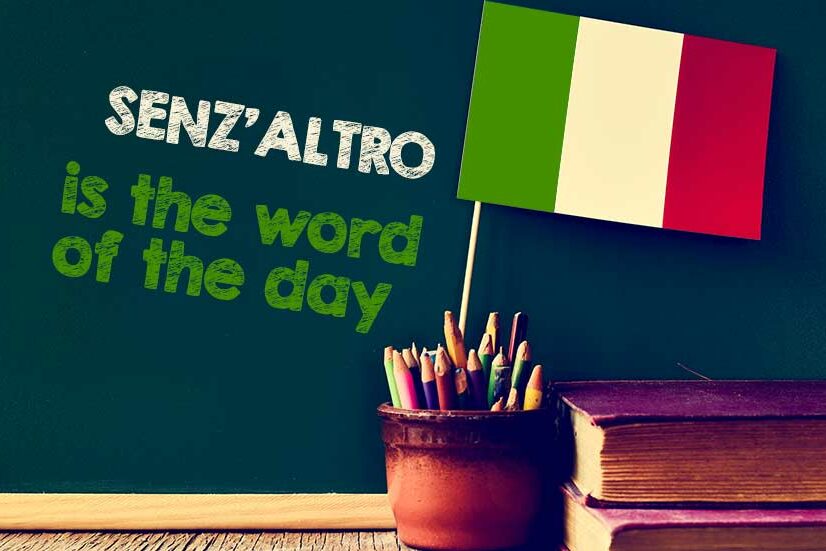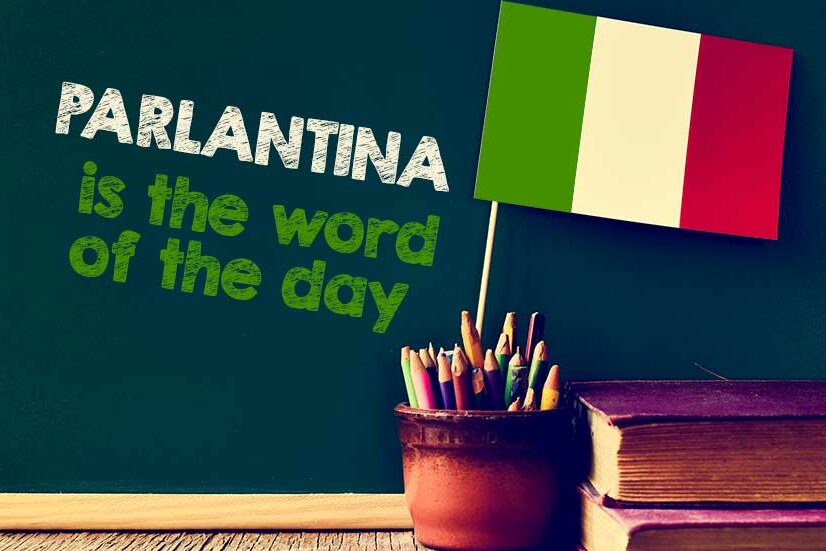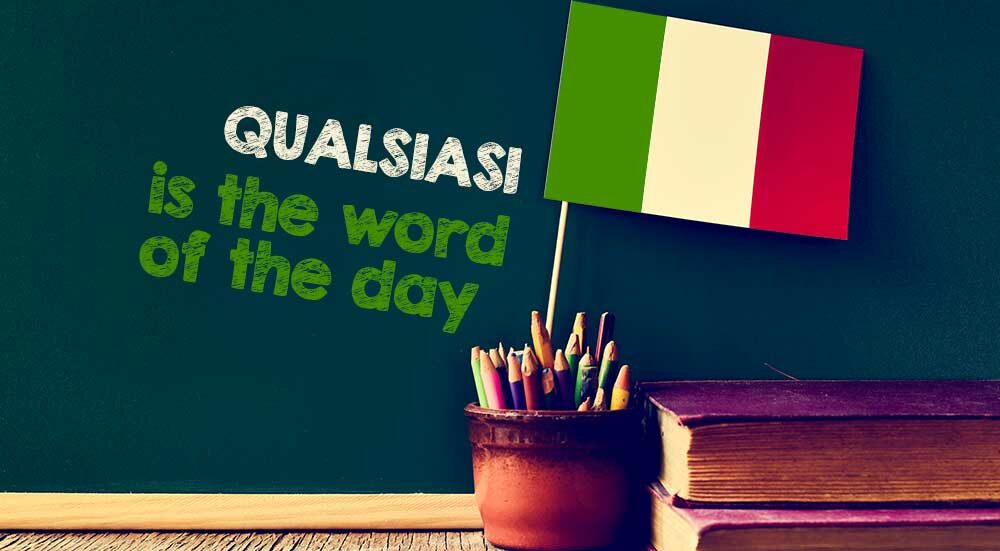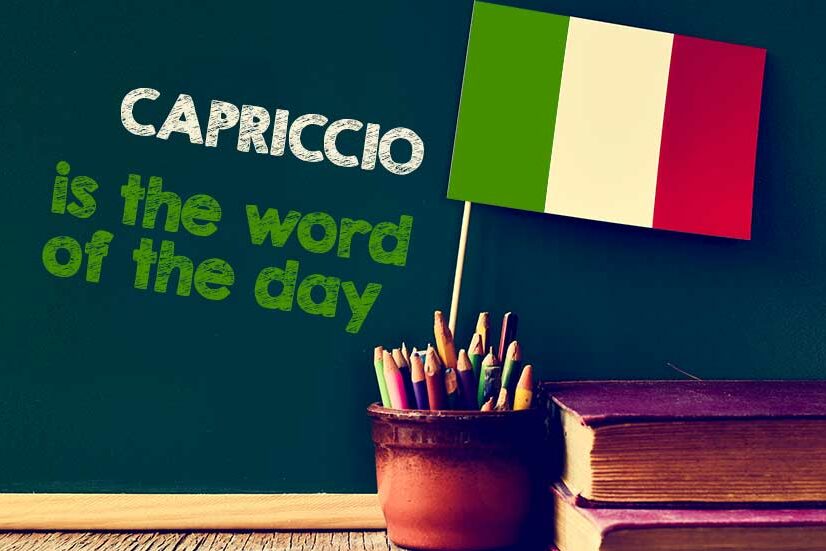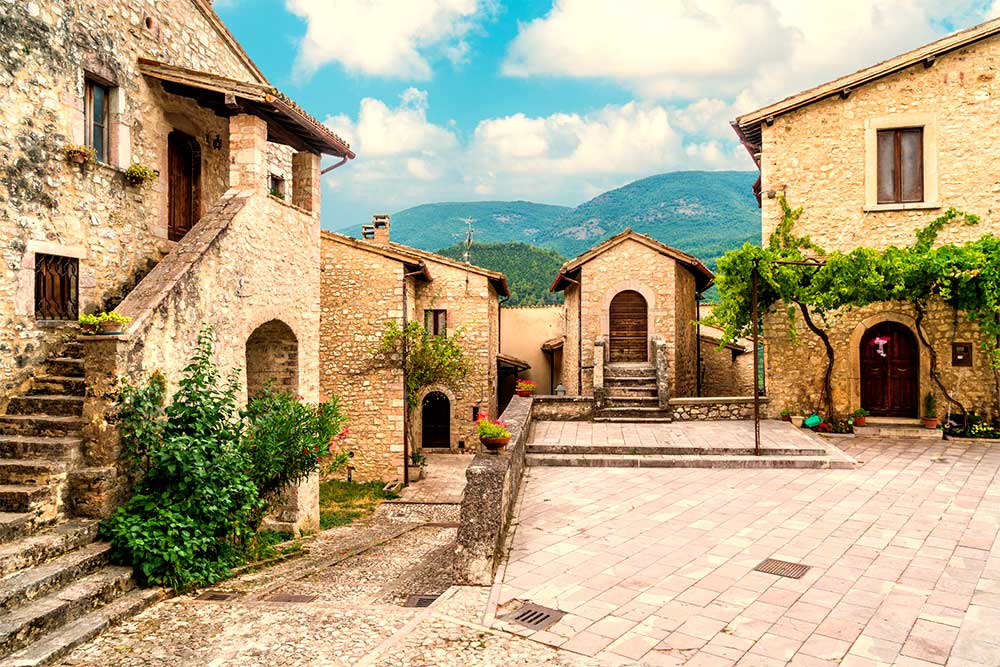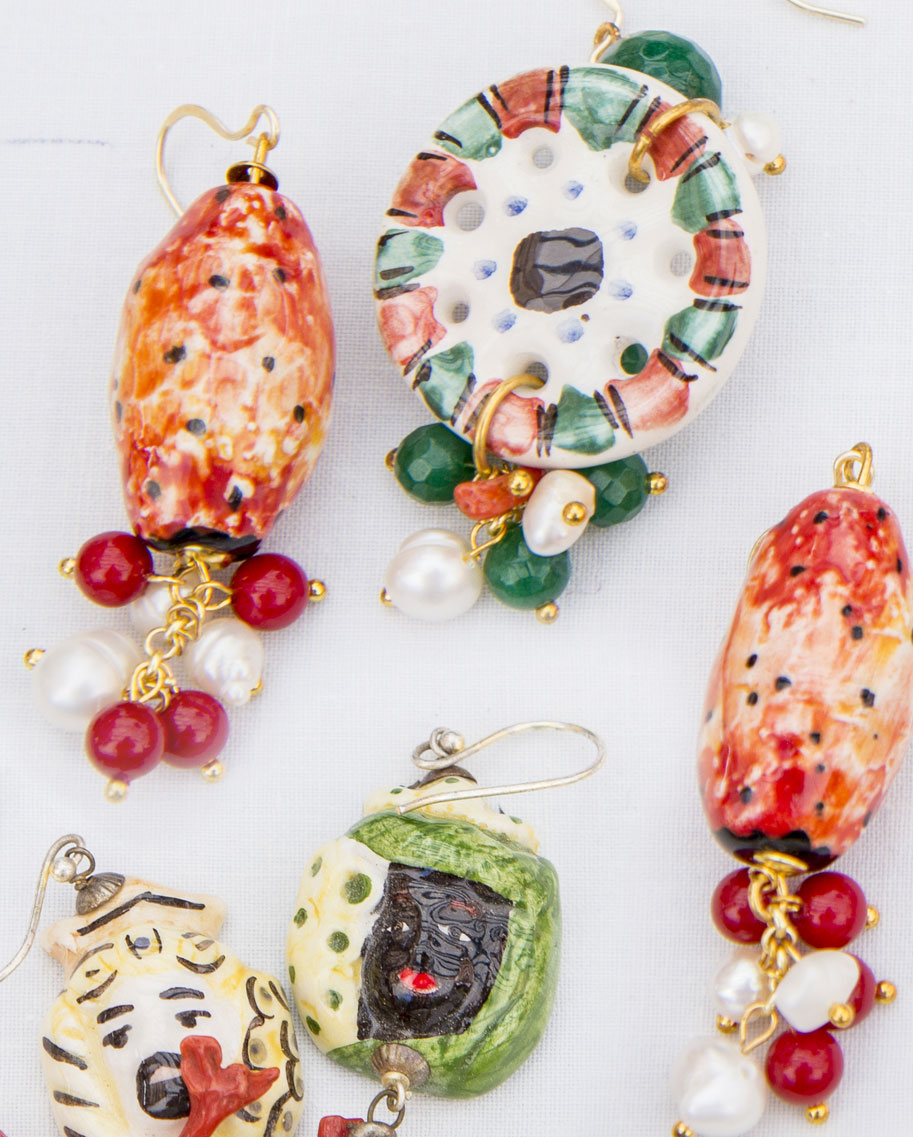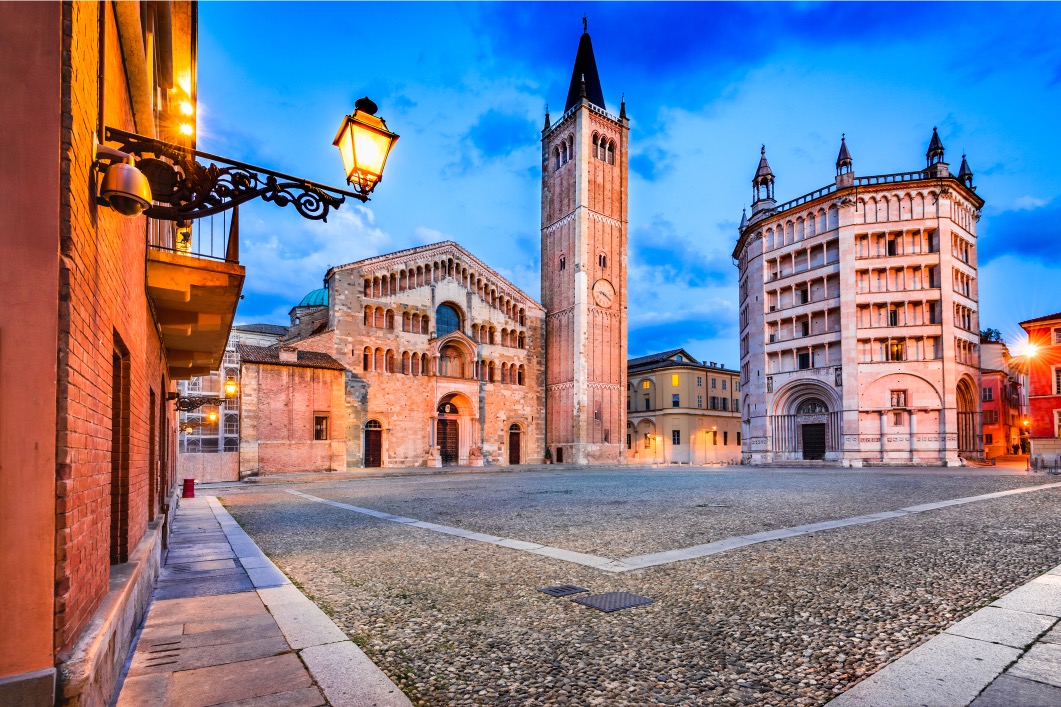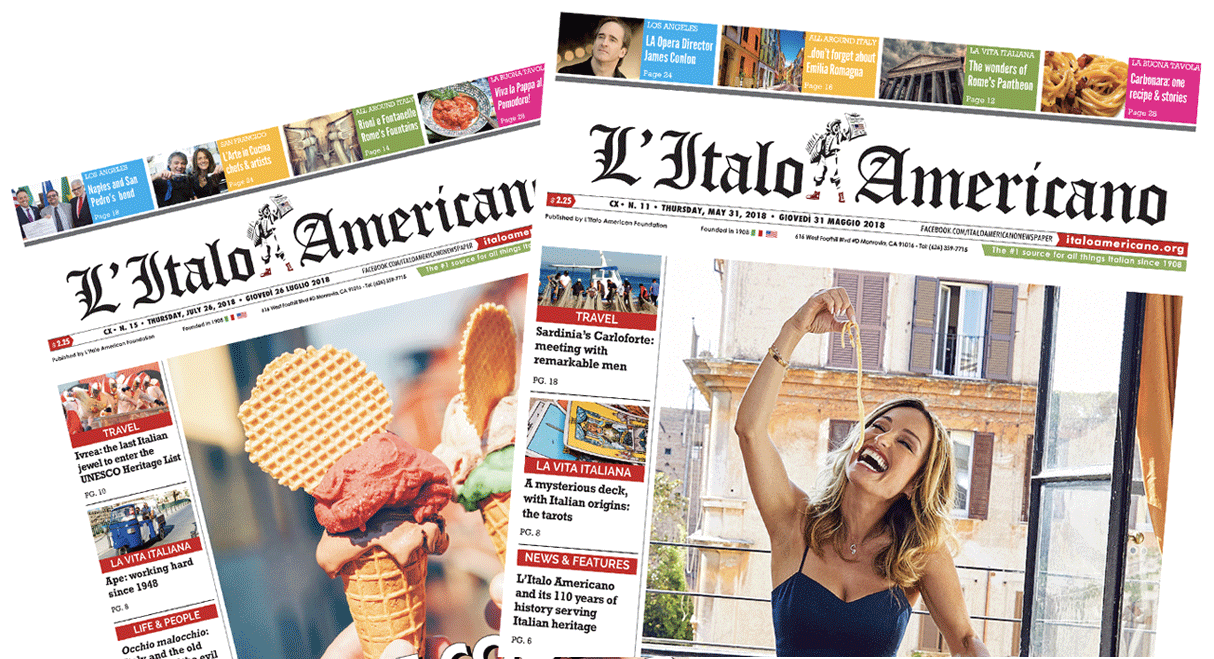On Thursday, February 13, 2014, members of the Italian community gathered at the San Francisco Italian Athletic Club (SFIAC) in North Beach to support his Excellency Claudio Bisogniero in kicking off the Adopt An Italian-Language Student campaign.
Bisogniero, who was originally scheduled to speak at the event, was waylaid by weather conditions on the East Coast but managed to address the crowd via video conference. The initiative aims to reintroduce the teaching of Italian through Advanced Placement (AP) courses at public high schools following 2013’s Year of Italian Culture in the United States—a program that resulted in over 300 events in major cities in honor of Italian art, food, music and science.
Now, Ambassador Bisogniero seeks to cement the ubiquitous love of all things Italian by reinstituting the spoken word in California schools, preparing for a long-haul trek toward creating more jobs in both countries.
The kick-off luncheon also marked the introduction of the official Adopt An Italian-Language Student website, www.weloveitalian.org. The site provides a direct venue for donations as well as handy links to AP enrollment and testing resources for students and teachers.
Although the site publishes recent figures on the decline of Italian teaching in California, down almost 2,000 level I-II students from 2009-10 to 2011-12, there was a common murmur among the luncheon crowd at SFIAC, many of who recall being discouraged from speaking Italian in the aftermath of WWII. In this way, in addition to its modern uses, the goal of the program may also help generations of Italian-American families connect with their language and heritage for the very first time.
In his address, Ambassador Bisogniero was not as detailed as he might have been in person about the Adopt-An-Italian-Language Student program. Instead, Consul General Mauro Battocchi motivated attendees with more exact insights into how the 2014 agenda will impact students. The ambassador did thank the attendees at SFIAC and honored the largely Italian crowd by naming North Beach the “heart and soul of San Francisco,” and recalling, “… from finance to fishing, from interest groups to seamen, Italians have been at the forefront of this city’s life.”
However, he urged the community not to “rest on our laurels” after the success of 2013, saying, “We now have to leverage the great achievements, the great results of the Year of Italian Culture,” with reference to the Adopt An Italian-Language Student campaign. Mayor Ed Lee also spoke in the absence of the ambassador and emphasized that the diversity of San Francisco is critical to our distinction as an innovation capital and is what proves so desirable to the young people and startups that move here.
Thus, the contributions of Italians are a key ingredient to maintaining the city’s cultural vibrancy and magnetism.
The luncheon included donations from Italian Community Services, SFIAC and the San Francisco Athletic Club Foundation, which is a separate entity. Consul General Mauro Battocchi explained that moneys may go toward a variety of efforts, ranging from sponsoring an entire course at a school to paying the individual testing fee for a student. There is no doubt that the campaign is “grass roots” as Mr. Battocchi called it and will require, “knocking at the door and seeing where there is a need.”
In terms of long-range benefits of the Adopt-An-Italian-Language Student program, the Consul General calls Italian, “The language of the future in many ways,” and went on to explain, “It can’t compete with Chinese and Spanish, but it is a niche language that can … give a special distinction to students who learn it because of its special reference to culture, arts, music.”
Battocchi also reminds us, “Italy is the eighth largest economy in the world. It’s an export-led economy,” and given the wide array of Italian design products, cars, luxury goods, manufacturing businesses and even a recent boom in Italian-founded tech companies here in the Bay Area, many students might well be surprised to find what opportunities learning Italian can open.
Similarly, Paola Ebranati, educational attaché at the Italian Consulate, spoke about how the concept of learning Italian is too often associated with pizza, pasta and other ‘fun’ topics. She called for the need to sever the Italian language from these stereotypes, terming it a “reductive” way of approaching something with so many meaningful applications; for example, as Ebranati states, “Ninety percent of the language that is used by lawyers comes from Latin,” and “Italian is the nearest door to Latin.”
However, there may be an even more important, wider perspective to take on the Adopt An Italian-Language Student program. In speaking with Claudia Volpi and Dr. Valentina Imbeni, Board Chair and Principal, respectively, of La Scuola, a pre-K through 8th grade school that follows the International Baccalaureate curriculum, what language a child learns is less important than simply doing so.
As Volpi shares, “The language is almost inconsequential. We choose Italian because that’s what’s important to our families, to our culture. But, it almost doesn’t matter. The cognitive benefits that a child derives from learning multiple languages, from bilingualism for so many years, is what has been proven to help them excel at engineering and science and math and innovation—they think out of the box.” And after all, you only have to look upon centuries of scientific and artistic accomplishments to know that this is truly what being Italian is all about.
For more information or to join sponsorship efforts, visit www.weloveitalian.org.


